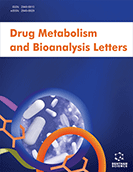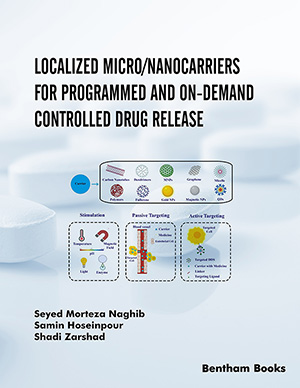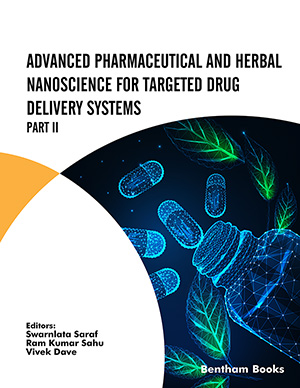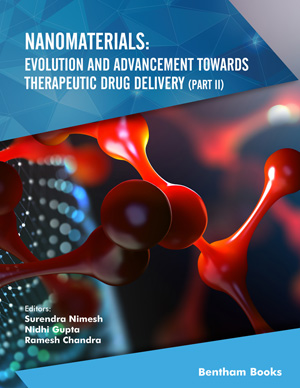
Abstract
Background: Carboxylesterase 2 (CES2) is mainly distributed in the human liver and gut, and plays an active role in the metabolic activation of many prodrugs and lipid metabolism. Although CES2 is of great significance, there are still few animal models related to CES2.
Objectives: This research aims to construct Ces2c gene knockout (KO) rats and further study the function of CES2.
Methods: CRISPR/Cas9 gene editing technology was used to target and cleave the rat Ces2c gene. Compensatory effects of major CES subtypes both in the liver and small intestine of KO rats were detected at mRNA levels. Meanwhile, diltiazem and aspirin were used as substrates to test the metabolic capacity of Ces2c in KO rats.
Results: This Ces2c KO rat model showed normal growth and breeding without off-target effects. The metabolic function of Ces2c KO rats was verified by the metabolic study of CES2 substrates in vitro. The results showed that the metabolic capacity of diltiazem in KO rats was weakened, while the metabolic ability of aspirin did not change significantly. In addition, the serum physiological indexes showed that the Ces2c deletion did not affect the liver function of rats..
Conclusion: The Ces2c KO rat model was successfully constructed by CRISPR/Cas9 system. This rat model can not only be used as an important tool to study the drug metabolism mediated by CES2, but also as an important animal model to study the physiological function of CES2.
Keywords: Carboxylesterase, CRISPR associated protein 9, gene knockout techniques, metabolism, rat model, liver function.
[http://dx.doi.org/10.2174/1389200219666180821094502] [PMID: 30129408]
[http://dx.doi.org/10.1002/jbt.20178] [PMID: 17936933]
[http://dx.doi.org/10.2133/dmpk.21.173] [PMID: 16858120]
[http://dx.doi.org/10.1007/s11095-013-1158-5] [PMID: 24037619]
[http://dx.doi.org/10.1124/mol.108.045526] [PMID: 18430788]
[http://dx.doi.org/10.1002/phar.1194] [PMID: 23386599]
[PMID: 12171891]
[http://dx.doi.org/10.1016/j.cbpc.2017.01.008] [PMID: 28163251]
[http://dx.doi.org/10.1124/dmd.105.005587] [PMID: 16033949]
[http://dx.doi.org/10.2133/dmpk.18.327] [PMID: 15618752]
[http://dx.doi.org/10.1016/j.phrs.2017.08.005] [PMID: 28827188]
[http://dx.doi.org/10.1093/jn/130.2.340S]
[http://dx.doi.org/10.1046/j.1432-1033.2002.03121.x] [PMID: 12230550]
[http://dx.doi.org/10.1007/s00335-010-9284-4] [PMID: 20931200]
[http://dx.doi.org/10.1016/j.dmpk.2014.12.001] [PMID: 25760529]
[http://dx.doi.org/10.1016/j.bcp.2016.03.001] [PMID: 26947455]
[http://dx.doi.org/10.1124/dmd.120.000114] [PMID: 32878767]
[http://dx.doi.org/10.1016/j.apsb.2021.01.007] [PMID: 34745851]
[http://dx.doi.org/10.1124/molpharm.121.000357] [PMID: 34503976]
[http://dx.doi.org/10.1002/hep4.1292] [PMID: 30766961]
[PMID: 14581373]
[http://dx.doi.org/10.1007/s13238-017-0437-z] [PMID: 28677105]
[http://dx.doi.org/10.3109/00498254.2013.802059] [PMID: 23742084]
[http://dx.doi.org/10.1161/CIRCRESAHA.112.267468] [PMID: 22872154]
[http://dx.doi.org/10.1016/j.cbd.2009.03.002] [PMID: 20161041]
[http://dx.doi.org/10.1016/j.apsb.2019.10.001] [PMID: 31867160]
[http://dx.doi.org/10.1038/90761] [PMID: 11479558]
[http://dx.doi.org/10.2174/138920010794328904] [PMID: 21189138]
[http://dx.doi.org/10.1124/dmd.106.013862] [PMID: 17392394]
[http://dx.doi.org/10.1038/srep42922] [PMID: 28218310]
[http://dx.doi.org/10.1002/hep.25961] [PMID: 22806626]
[http://dx.doi.org/10.1124/dmd.121.000403] [PMID: 34074728]
[http://dx.doi.org/10.1124/dmd.118.084277] [PMID: 30478157]
[http://dx.doi.org/10.1002/hep.28472] [PMID: 26806650]
[http://dx.doi.org/10.2133/dmpk.DMPK-12-RG-143] [PMID: 23648675]
[http://dx.doi.org/10.1124/dmd.113.054551] [PMID: 24271336]
 33
33 2
2




















